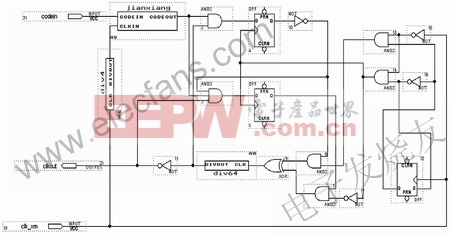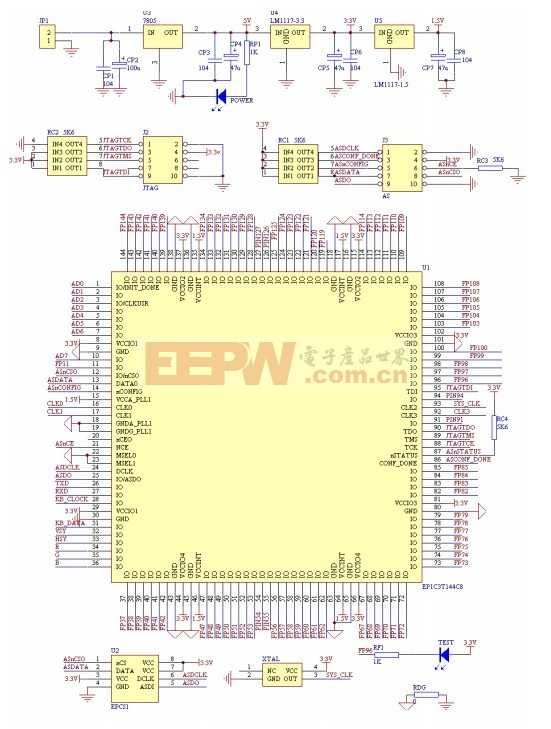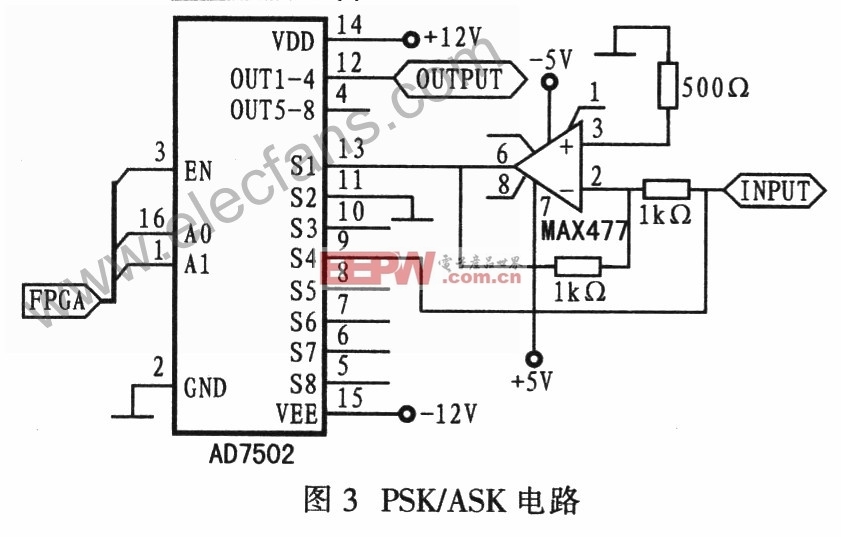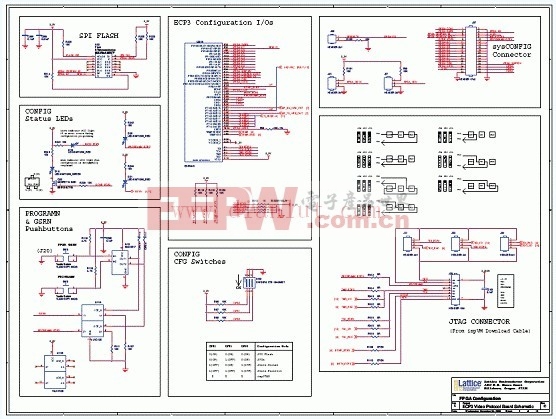基于FPGA的PS/2鼠标接口设计方法及其应用
when m2_hold_clk_l =>
ps2_clk_hi_z = '0'; -- 启动看门狗!
if (watchdog_timer_done='1') then
m2_next_state = m2_data_low_1;
else
m2_next_state = m2_hold_clk_l;
end if;
when m2_data_low_1 =>
ps2_data_hi_z = '0'; -- 数据位 开始位, d[0] and d[1]
if (fall='1' and (bitcount = 2)) then
m2_next_state = m2_data_high_1;
else
m2_next_state = m2_data_low_1;
end if;
when m2_data_high_1 =>
ps2_data_hi_z = '1'; -- 数据位 d[2]
if (fall='1' and (bitcount = 3)) then
m2_next_state = m2_data_low_2;
else
m2_next_state = m2_data_high_1;
end if;
when m2_data_low_2 =>
ps2_data_hi_z = '0'; -- 数据位 d[3]
if (fall='1' and (bitcount = 4)) then
m2_next_state = m2_data_high_2;
else
m2_next_state = m2_data_low_2;
end if;
when m2_data_high_2 =>
ps2_data_hi_z = '1'; -- 数据位 d[4],d[5],d[6],d[7]
if (fall='1' and (bitcount = 8)) then
m2_next_state = m2_data_low_3;
else
m2_next_state = m2_data_high_2;
end if;
when m2_data_low_3 =>
ps2_data_hi_z = '0'; -- 奇偶校验位
if (fall='1') then
m2_next_state = m2_data_high_3;
else
m2_next_state = m2_data_low_3;
end if;
when m2_data_high_3 =>
ps2_data_hi_z = '1'; -- 允许鼠标拉成低电平(ACK脉冲)
if (fall='1' and (ps2_data='1')) then
m2_next_state = m2_error_no_ack;
elsif (fall='1' and (ps2_data='0')) then
m2_next_state = m2_await_response;
else
m2_next_state = m2_data_high_3;
end if;
when m2_error_no_ack =>
error_no_ack = '1';
m2_next_state = m2_error_no_ack;
-- 为了鼠标正确进入"streaming"模式,状态极必须等待足够长的时间,确保鼠标正确应答0xFA。
when m2_await_response =>
--if (bitcount = 22) then
m2_next_state = m2_verify;
--else
-- m2_next_state = m2_await_response;
--end if;
when others => m2_next_state = m2_wait;
end case;
end process;-----------------------------m2 状态结束
-- 位计数器 (略)
-- 数据移位寄存器(略)
-- 看门狗时间计数器(略)
watchdog_timer_done = '1' when (watchdog_timer_count=WATCHDOG-1) else '0';
packet_good = '1'; -- 接收数据包有效标志
outdata: process (reset, clk) -- 输出数据
begin
if (reset='0') then
left_button = '0';
right_button = '0';
elsif (clk'event and clk='1') then
if (output_strobe='1') then
left_button = q(1);
right_button = q(2);
mouseyy = not (q(6) q(6) q(30 downto 23)) + "1";
end if;
end if;
end process;
cordinatex: process (reset, clk)
begin
if (reset='0') then
mousex = "0110010000"; -- 400
elsif (clk'event and clk='1') then
if (output_strobe='1') then
if ((mousex >= 797 and q(5)='0') or (mousex = 2 and
q(5)='1')) then
mousex = mousex;
else
mousex = mousex + (q(5) q(5) q(19 downto
12));--q(5):xsign q(6):ysign
end if;
end if;
end if;
end process;
cordinatey: process (reset, clk)
begin
if (reset='0') then
mousey = "0100101100"; -- 300
elsif (clk'event and clk='1') then
if (output_strobe='1') then
if ((mousey >= 597 and q(6)='1') or (mousey = 2
and q(6)='0')) then
mousey = mousey;
else
m ousey = mousey + mouseyy; --(q(6) q(6) q(30
downto 23));
end if;
end if;
end if;
end process;
data_ready = output_strobe;
end Behavioral;
结束语
该设计采用了清华大学THCII-1创新SoPC实验套件进行综合、仿真和下载,测试得到了满意的效果,完整地实现了对PS/2和VGA的时序驱动。
该设计可以被应用到各种需要鼠标操作、以VGA作为显示的嵌入式系统中,从而大大提高人机交互能力,降低了开发成本,提高了开发效率,使系统的稳定性也得到了可靠的保障。














评论